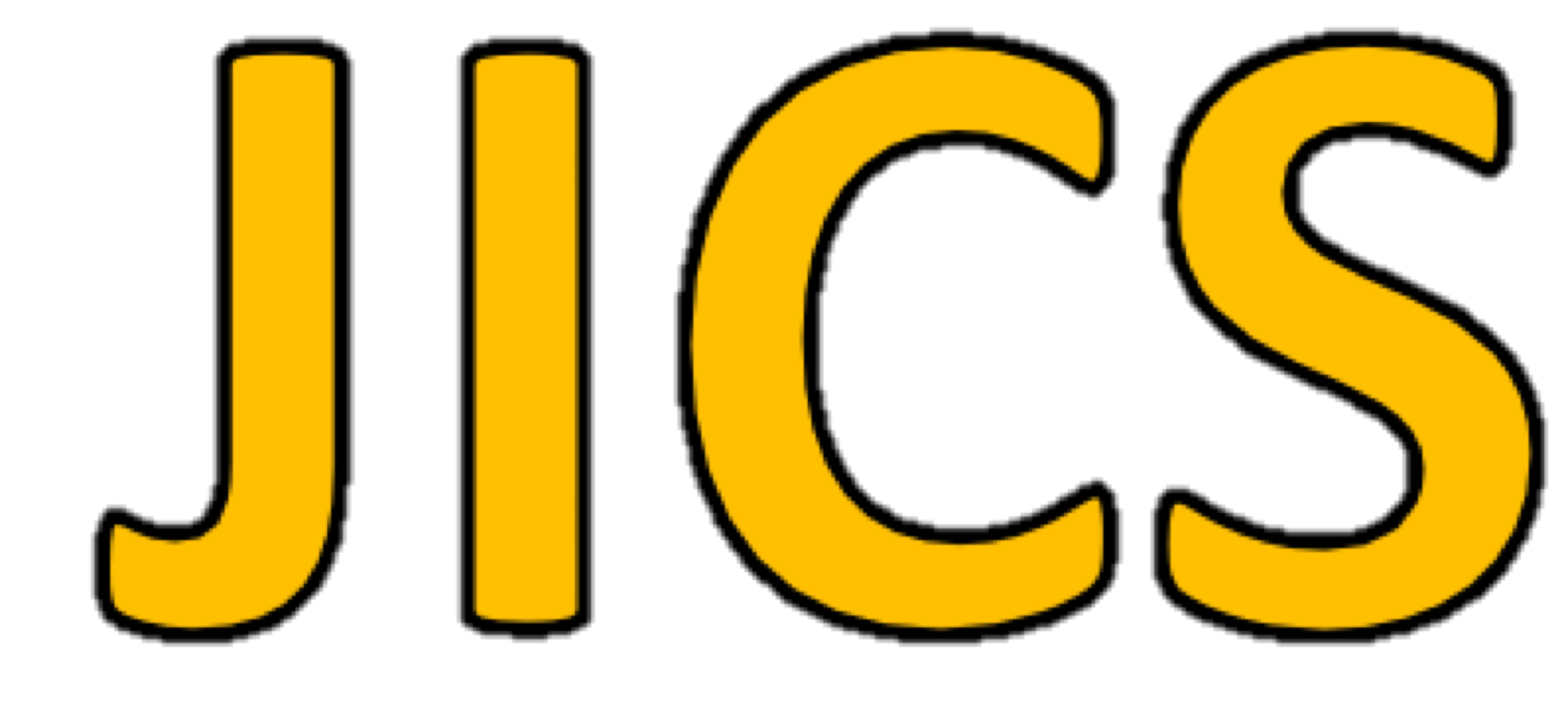The design and implementation of pin plugin tool to bypass anti-debugging techniques
Soohwa Hong, Yongsu Park, Journal of Internet Computing and Services, Vol. 17, No. 5, pp. 33-42, Oct. 2016
Keywords: Anti-debugging, Pin, Dynamic Analysis, Protector, Reverse engineering
Abstract
Statistics
Show / Hide Statistics
Statistics (Cumulative Counts from November 1st, 2017)
Multiple requests among the same browser session are counted as one view.
If you mouse over a chart, the values of data points will be shown.
Statistics (Cumulative Counts from November 1st, 2017)
Multiple requests among the same browser session are counted as one view.
If you mouse over a chart, the values of data points will be shown.
|
|
Cite this article
[APA Style]
Hong, S. & Park, Y. (2016). The design and implementation of pin plugin tool to bypass anti-debugging techniques. Journal of Internet Computing and Services, 17(5), 33-42. DOI: 10.7472/jksii.2016.17.5.33.
[IEEE Style]
S. Hong and Y. Park, "The design and implementation of pin plugin tool to bypass anti-debugging techniques," Journal of Internet Computing and Services, vol. 17, no. 5, pp. 33-42, 2016. DOI: 10.7472/jksii.2016.17.5.33.
[ACM Style]
Soohwa Hong and Yongsu Park. 2016. The design and implementation of pin plugin tool to bypass anti-debugging techniques. Journal of Internet Computing and Services, 17, 5, (2016), 33-42. DOI: 10.7472/jksii.2016.17.5.33.

